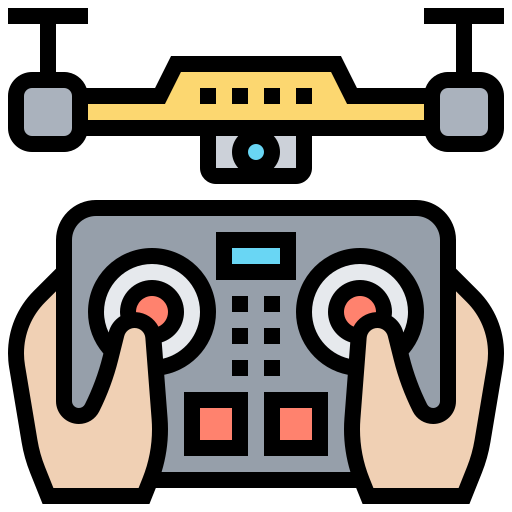In the realm of tiny winged creatures, the drone fly may often be overlooked as just another pesky insect buzzing around. However, this unassuming little fly is actually a fascinating and important member of the insect world. Join us as we delve into the world of the drone fly, uncovering its unique characteristics and surprising role in the ecosystem.
Uncovering the Life Cycle of the Drone Fly
The drone fly, also known as Eristalis tenax, is a fascinating insect with a unique life cycle. Like all flies, the drone fly undergoes a complete metamorphosis, starting from an egg and eventually transforming into an adult fly. Let’s uncover the different stages of the drone fly’s life cycle:
- Egg: The female drone fly lays her eggs in damp, decaying organic matter, such as compost, manure, or rotting vegetation.
- Larva: After a few days, the eggs hatch into larvae, which are legless and worm-like. The larvae feed on the organic matter where they were laid.
- Pupa: The larvae eventually pupate, forming a hard outer casing around themselves. Inside the pupal casing, the larvae undergo metamorphosis and transform into adult flies.
- Adult: Once the transformation is complete, the adult drone flies emerge from the pupal casing. They are known for their distinctive striped abdomen and large compound eyes.
Exploring the Ecological Importance of Drone Flies
Drone flies, also known as hoverflies, play a crucial role in the ecosystem as pollinators. These fascinating insects mimic the appearance of bees and wasps but do not have stingers, making them harmless to humans. Drone flies are often seen hovering around flowers, feeding on nectar and pollen. Their hairy bodies allow them to easily transfer pollen from one flower to another, aiding in the process of pollination.
Aside from their important role as pollinators, drone flies also serve as natural predators of harmful garden pests. The larvae of drone flies feed on aphids, caterpillars, and other insects that can damage crops. By keeping these pests in check, drone flies help maintain ecological balance in the environment. Encouraging the presence of drone flies in gardens and natural habitats can promote biodiversity and reduce the need for chemical pesticides.
Effective Ways to Control and Manage Drone Fly Populations
Are you looking for ? Look no further! Here are some practical methods to keep these pesky pests at bay:
Utilize natural predators: Introducing natural predators such as parasitic wasps or predatory beetles can help reduce drone fly populations without the use of chemicals.
- Implement proper sanitation: Regularly clean up any decaying organic matter or standing water where drone flies are likely to breed.
- Use traps: Set up traps with attractants like vinegar or sugar water to capture and monitor drone fly activity.
- Consider biological controls: Release beneficial nematodes or microbial insecticides to target drone fly larvae in their breeding sites.
Maximizing Pest Control Benefits Through Drone Fly Utilization
Did you know that drones can be used to maximize the benefits of pest control through the utilization of drone flies? Drone flies, also known as hoverflies, are natural predators of common garden pests such as aphids, caterpillars, and thrips. By releasing drone flies into your garden or agricultural field, you can effectively control pest populations without the use of harmful chemicals.
Drone flies not only help to reduce pest populations, but they also play a crucial role in pollination. These tiny but mighty insects are excellent pollinators, helping to ensure the health and productivity of your plants. By harnessing the power of drone flies for pest control, you can not only protect your crops but also promote biodiversity and sustainability in your growing practices. Embrace the power of nature’s own pest control with drone flies!
Wrapping Up
As we navigate through the world of insects, the drone fly stands out as a fascinating creature that provides a unique perspective on the delicate balance of nature. With its mimicry of dangerous bees, impressive flying abilities, and important role as a pollinator, the drone fly serves as a reminder of the intricate web of life that surrounds us. So next time you spot one buzzing around your garden or flower bed, take a moment to appreciate the beauty and complexity of this tiny but mighty insect. Happy exploring!
